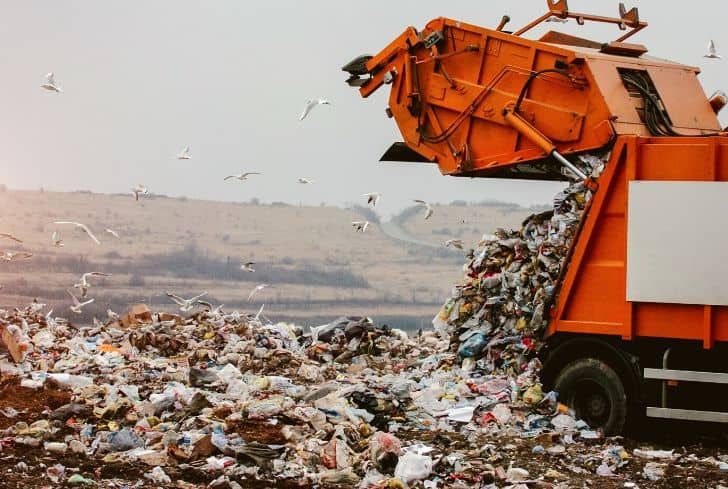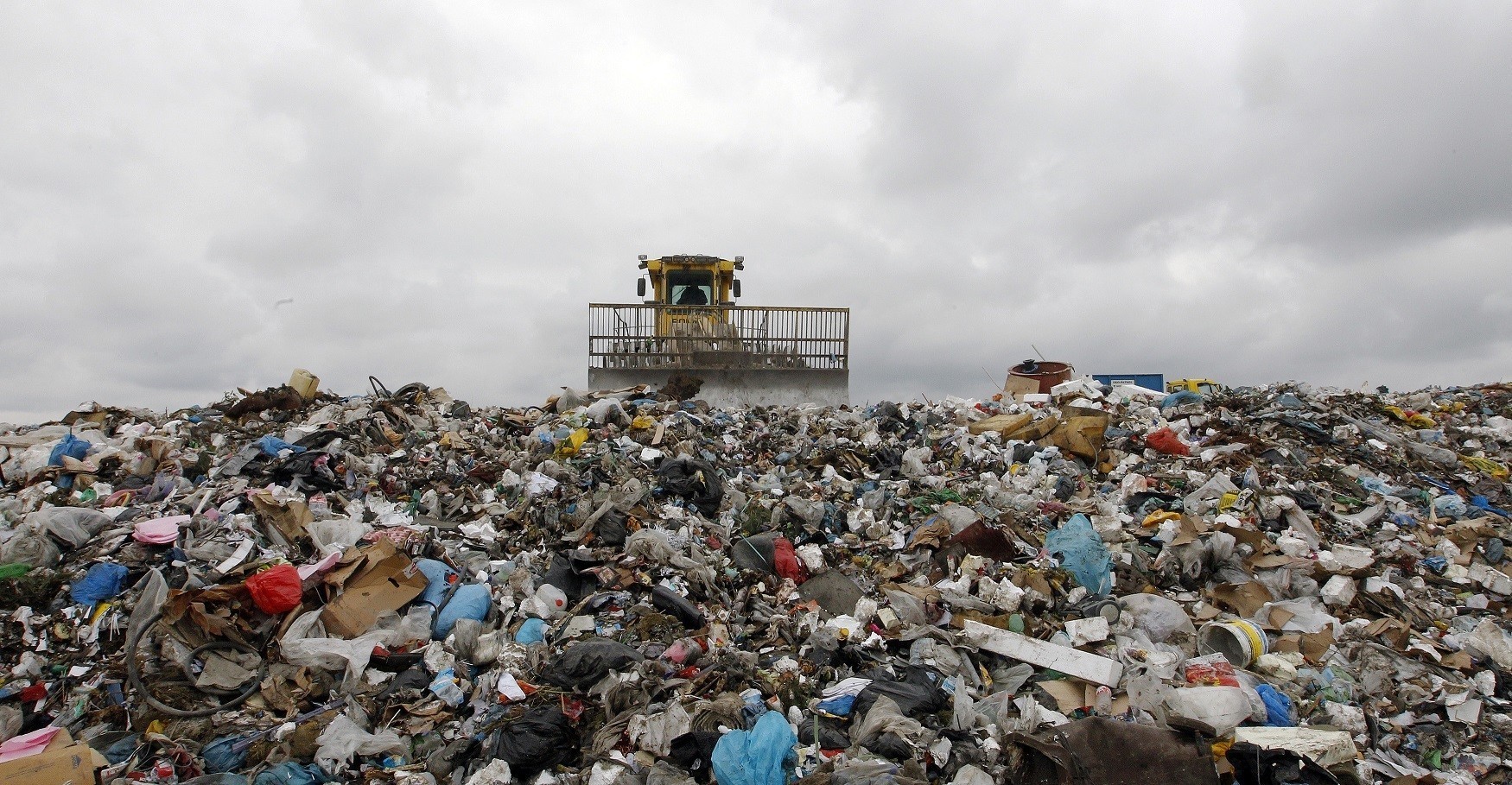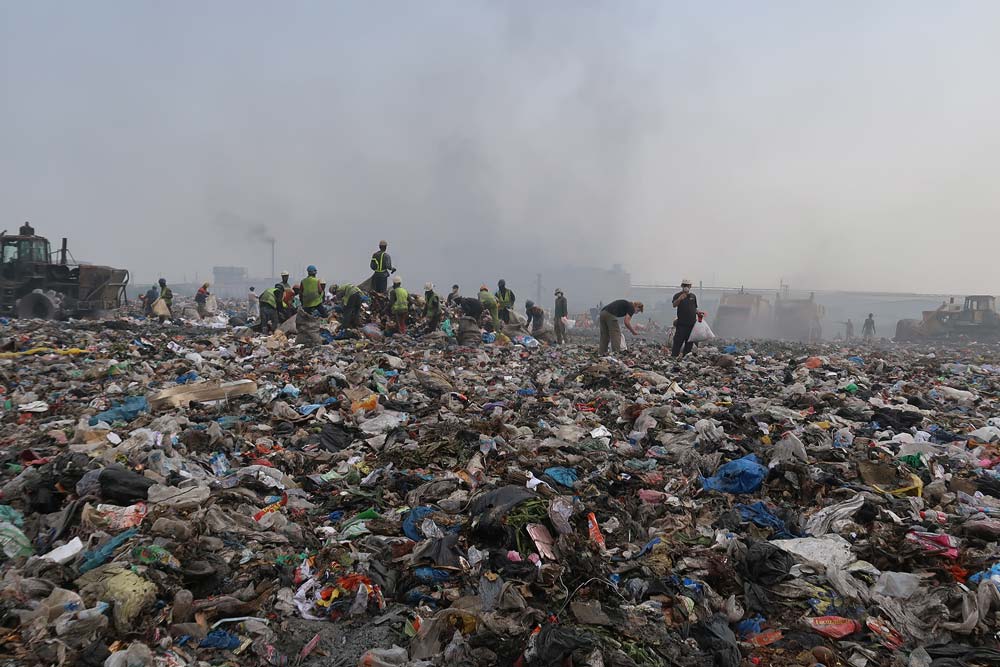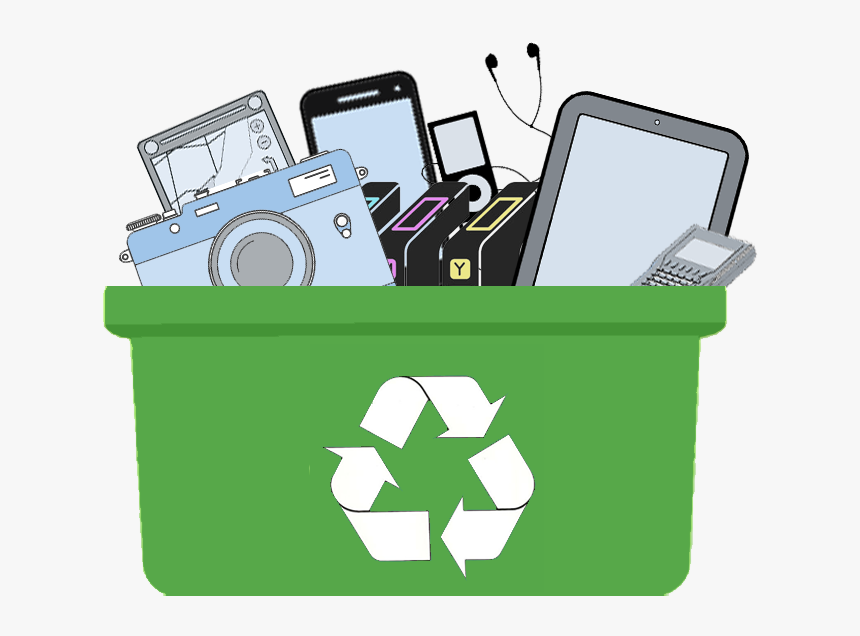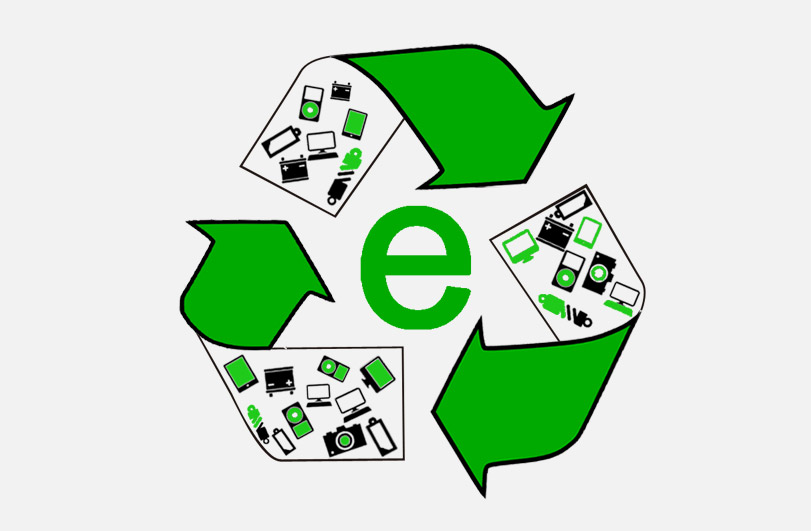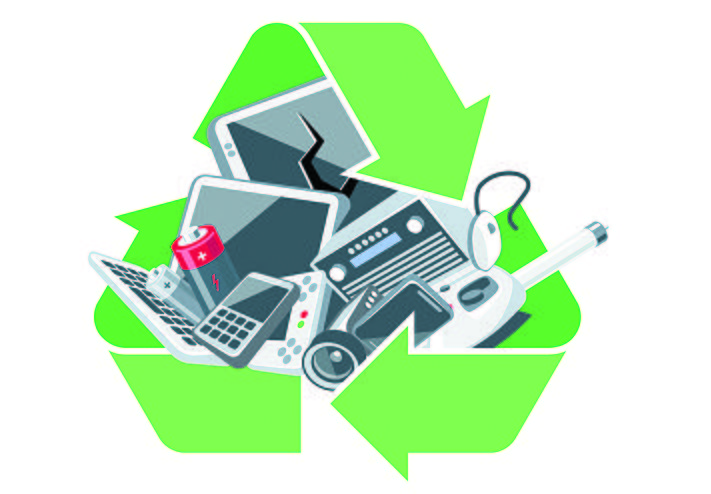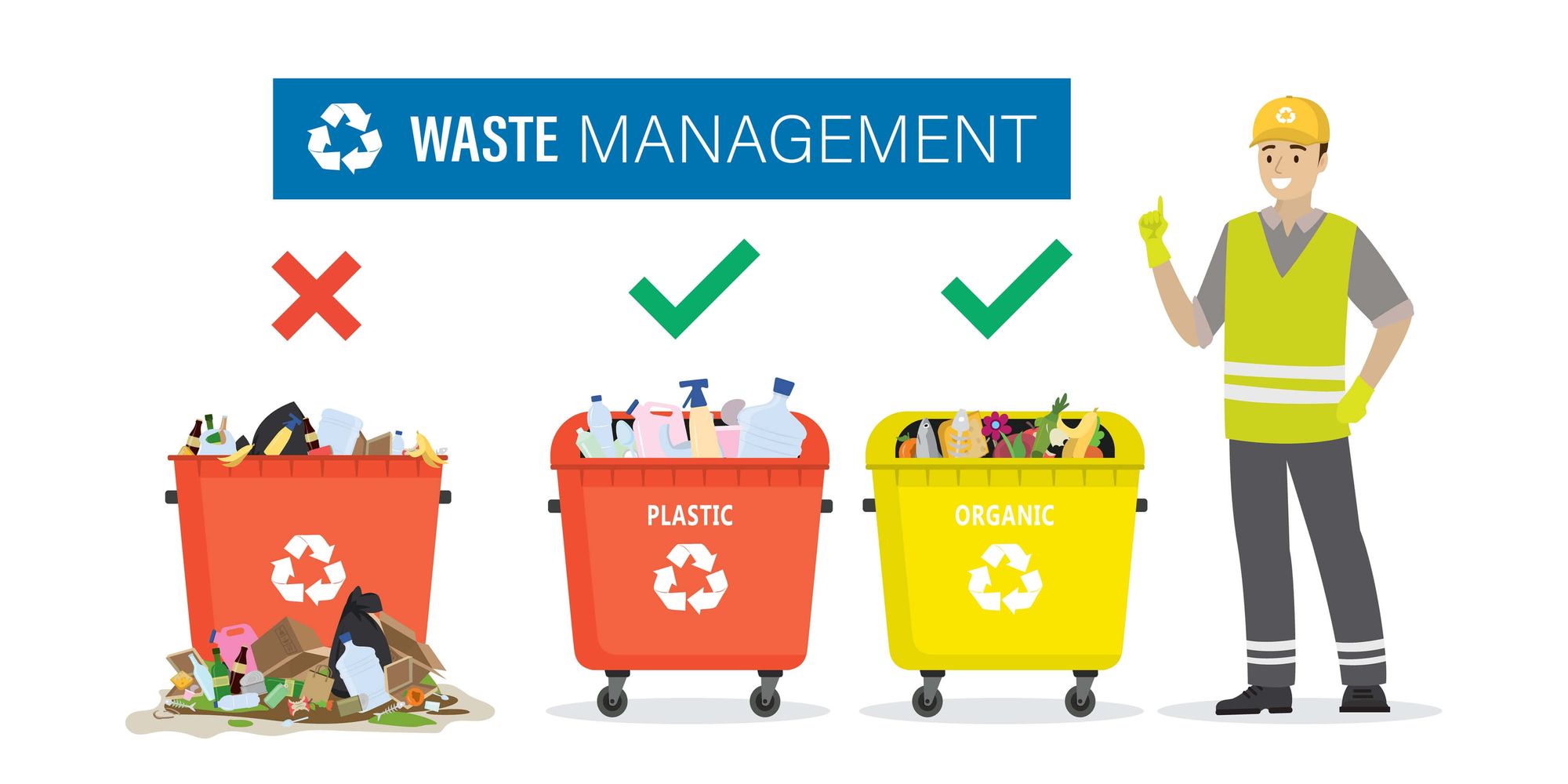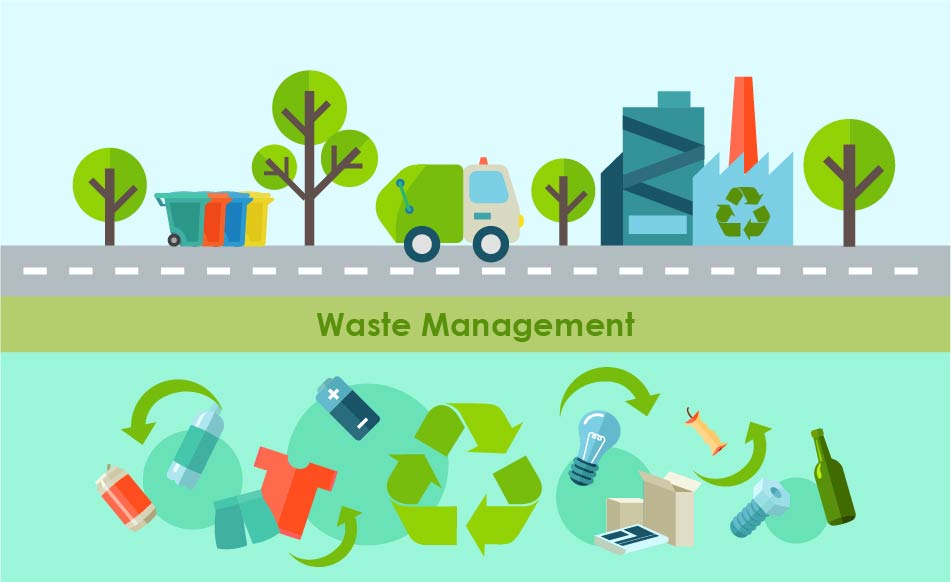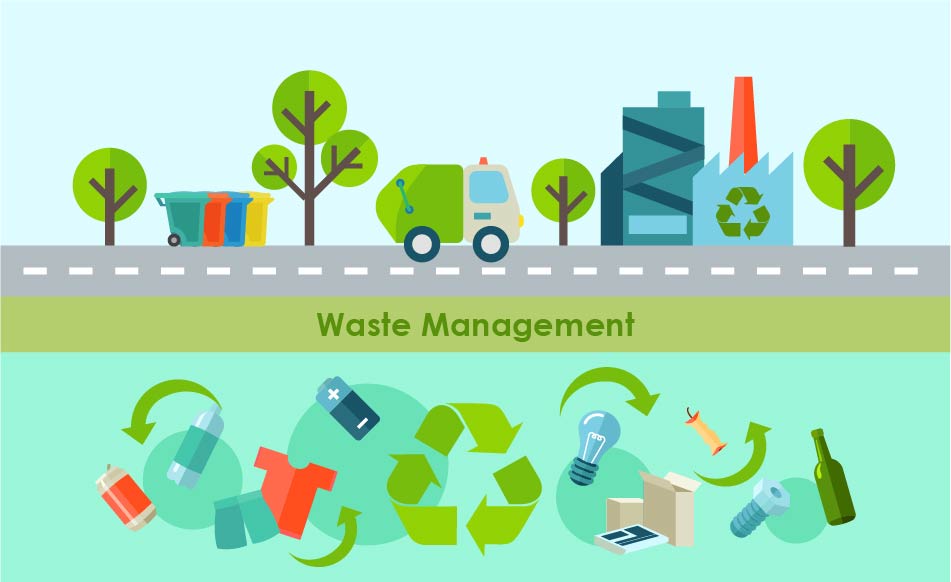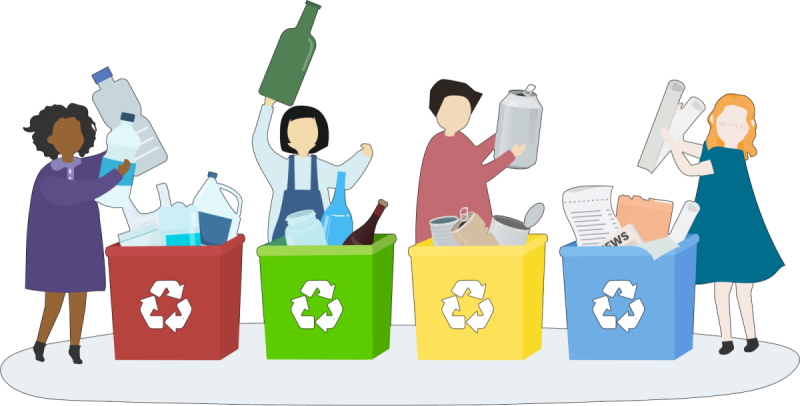In addition to the CO2 issue, other incineration byproducts involved in the waste treatment material balance show the porosity of the border between disposal and recovery. This is the case with clinkers: recovered in the form of road underlayers, saving the use of aggregates, they allow a positive balance to be drawn in the chain between incoming waste and recoverable by-products.
Considered waste from waste treatment, to which are added the residues from the purification of smoke from the incineration of household waste, the balance of waste produced and waste created is then, if not reversed, at least reduced. Through these struggles for definition between elimination and recovery, it is the boundaries of the concept of waste that are at stake.
Added to this is the question of risks and different forms of pollution: atmospheric emissions, of which dioxins are the best known, but also the substances contained in bottom ash and in household waste from the incineration of household waste incinerations which must be treated specific (burial in class 1 storage centers). The fear of the dilution of pollutants in the environment and in the human body refers to another form of the border of waste: incineration is akin to a machine for transforming harmless and circumscribed garbage into particularly harmful waste because of their toxicity and their spread.
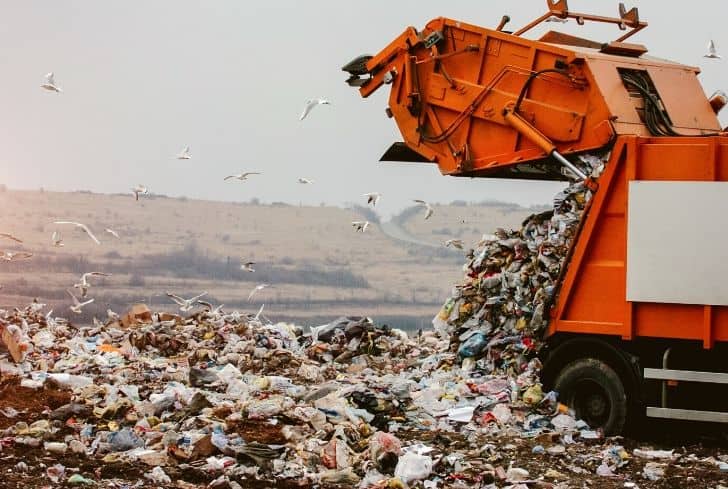
Apprehended as a link in the global waste management chain, incineration is denounced on the grounds that it contradicts the stated objectives of reducing production, which in fact condemns the establishment of a system prioritizing material recovery. Combustion, in addition to being a waste of raw materials, would doom any hope of advanced material recovery and reduction at source: by investing in expensive equipment, communities are committed to providing the waste necessary for operation and the profitability of the equipment.
Also, it is by providing a solution that this technique would prevent the debate of the problem and its management upstream. It is the use of a solution that brings closure to the debate, which would hinder the establishment of an integrated policy characterized by taking charge of the problem in its entirety and in a hierarchical manner.
This dissonance regarding the status of the solution is reflected in the preferences and expectations in terms of equipment configuration on both sides of the actors involved. Treatment based on high technicality, in this case incinerators, induces for reasons of economic profitability, technical and environmental reliability, large equipment serving a large area.
On the other hand, the associations engaged against such projects display a preference for equipment offering access and reversibility criteria. Small reversible landfills or temporary landfills, even if it means multiplying them is one way to do it. In addition to the possibilities of surveillance and spatial equity, it is a question of keeping open the waste problem, condition of taking into account the upstream production and the search for alternative solutions, considering that proximity allows to maintain a societal awareness of waste.
Localized development, by combining technical and territorial integration objectives, does not meet the expectations of its promoters in terms of social acceptance. The arguments advanced against this process are based on a broader understanding of the question of waste, placed beyond local benefits and impacts.
This argumentative construction, which is part of a generalization mechanism, is also part of a strategy to circumvent the NIMBY disqualification which threatens opponents of cremation. Energy recovery, however considered as a factor of acceptance, is perceived as a greening operation of a technique criticized for its perverse effects in terms of waste management, and its health and environmental risks.


